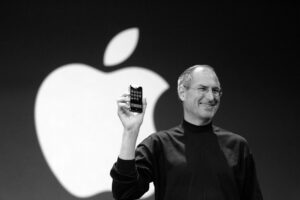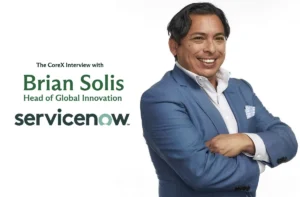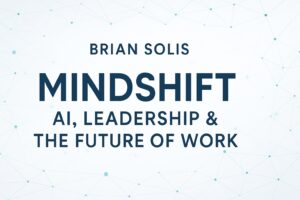One of the most often asked questions about The End of Business as Usual is how it’s different than Engage.
I thought I take a moment to answer it here just in case you were wondering the same thing.
Engage was and is special. In fact, I felt the mission and content of the book was so special, that I wrote it twice. I viewed both versions as my chance to not only document the transformation in marketing and service because of social media, but also empower people to lead change from within. I didn’t expect people to wait for direction. I expected them to lead. Engage helped readers design social media marketing and service strategies and programs that mattered…that worked…that performed against business objectives.
Over the years, I observed their struggles as well as recording my own challenges within the enterprise, governments, and small businesses alike. I realized that the gap that exists between social media and executive leadership is far too great for social marketing or service to solve. And, to be honest, social media isn’t going to save businesses, but instead, it will contribute to relevance. The real opportunity for the transformation of business lies in the evolution of customer behavior and how technology, social networks, smartphones, RFID, and other disruptive innovations empower people AND organizations alike.
The End of Business as Usual makes the case that the need for business transformation is bigger than social media and more important than just connecting or communicating with customers in social networks. For executives to realize the opportunity for innovation and leadership, they need your help in making sense of the differences between traditional and connected customers. They need to know that this emergent consumer category affects business objectives, priorities, and financial goals.
The book examines how leading companies are finding success with connected customers. The lessons, case studies, and best practices contained within will help readers earn the support of organizational leaders by identifying growth opportunities and prioritizing where to invest time and resources. The end result is creating an adaptive foundation for businesses to not only build relationships with connected customers, but improve customer and employee relationships overall.
Adapt or Die!
Order The End of Business as Usual today…







Brian, I like the distinction that you make between “connected customers” and “conventionalists” as well as your assertion that companies need to cater to both of them but in very different ways. When I hear excuses such as “but my clients are not on [insert popular social media platform]”, I am thinking “not yet, but soon they will be” and your early chapter on the Millenials should serve as ample warning for what is soon to come. Hope to get the opportunity to discuss this further if you are still willing to come visit Chapman University, would be a tremendous honor!
Thank you Niklas. It’s good to hear from you and it was great to see you in at BWE in LA. Looking forward to visiting the campus. Cheers!
I am looking forward to reading your book. I recently wrote a short blog about “trusted relationship” building with C-level execs. I would be honored if you could take a look. http://bit.ly/vg7MBj
Nice really interesting! than you!
To run a successful business is not easy if we have enough knowledge about proper business plan. However, now i am working in forum.